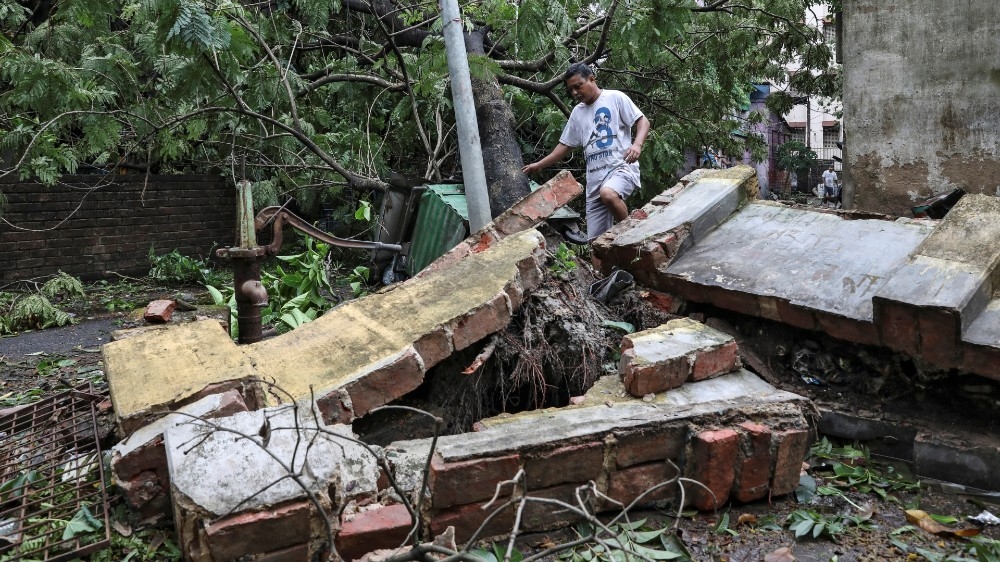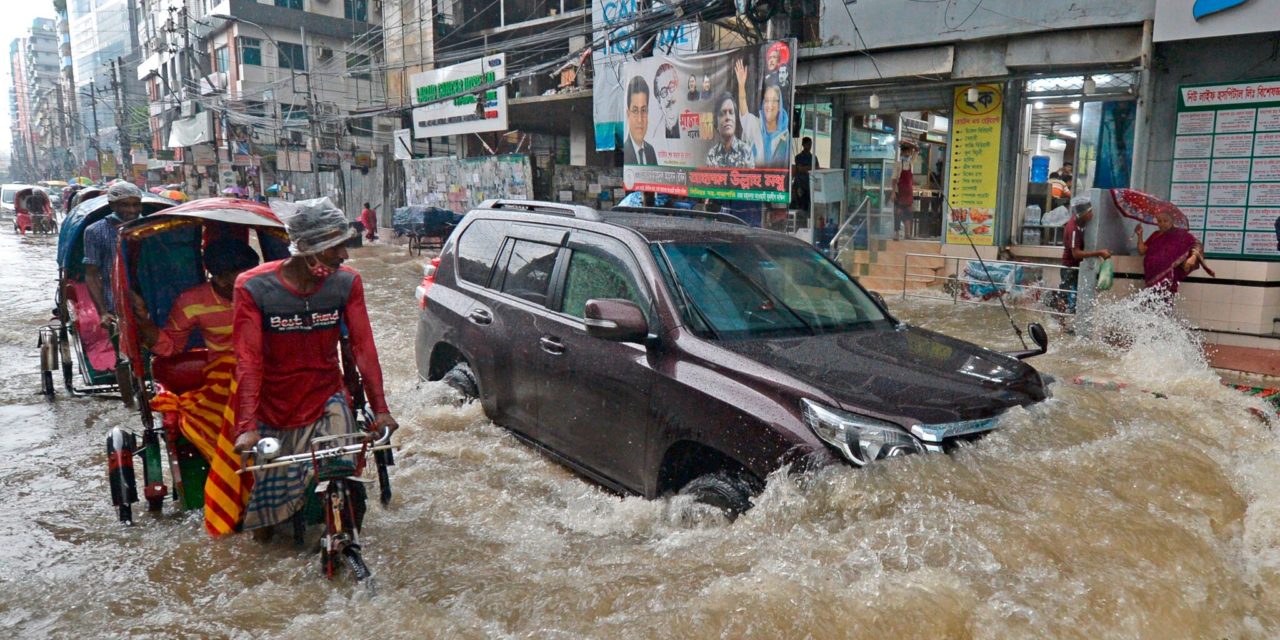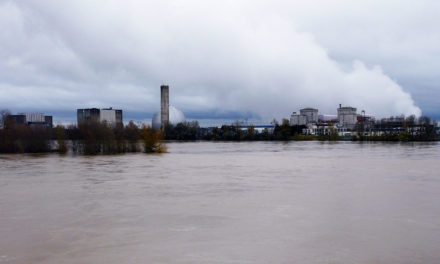Bangladesh is currently facing torrential monsoon rains that have already left a third of the country underwater and affected millions of people.
The monsoon season has caused dreadful destruction consequences on homes, flood protection infrastructures and farmlands. The flooding has killed 550 people across India, Bangladesh and Nepal, according to the International Federation of Red Cross and Red Crescent Societies (IFRC) report.
According to government data, the past weeks of flooding has affected 4.7 million people in Bangladesh alone. More than 900,000 homes have been inundated, displacing thousands of people to flood shelters.
“This is a one in 20-year flood event that we are having now for the fifth time in the last 20 years,” the director of the International Centre for Climate Change and Development in Bangladesh Dr Saleemul Huq, said.
The hard hit of Cyclone Amphan
Bangladesh was still recovering from Cyclone Amphan that occurred a couple of months ago when the flooding started. The cyclone’s damage has made coping with the current flooding exceptionally harder.
READ MORE: Hurricane Douglas Threatened Lives in Hawaii as Storm Hanna Fades Away
The tropical cyclone damaged and destroyed more than 260,000 homes, affecting at least 1 million people, according to the United Nations Office for the Coordination of Humanitarian Affairs (OCHA).

SOURCE: Al Jazeera Cyclone Amphan
A triple disaster for Bangladesh
In Asia, floods usually strike between June and September, killing people and damaging homes annually. However, this year’s flood has proved to be different – according to IFRC Secretary General Jagan Chapagain, it is “worst in recent years.”
“People in Bangladesh, India and Nepal are sandwiched in a triple disaster of flooding, the coronavirus and an associated socioeconomic crisis of loss of livelihoods and jobs,” he said.
Climate-vulnerable country
Dr Saleemul Huq said that the flooding event “is definitely linked to climate change,” adding that the flooding events may not happen because of climate change, but they are “more intense because [humans have] interfered with the climate system.”
In Climate Change and Environmental Risk Atlas, Bangladesh has already been ranked as an exceptionally climate-vulnerable country because of its low elevation, high population, and deficient infrastructure.
The country’s long-term implications show that climate change is only reinforcing the country’s instability and making it tough to cope with extreme weather conditions like flooding that often leads to the displacement of people. According to a 2018 World Bank Report, the climate change consequences could see 13.3 million Bangladeshis displaced by 2050.
Featured Image Credit: The New York Times, Munir Uz Zaman/Agence France-Presse — Getty Images
- Exam Results Day Chaos and Anger as Students Discover Grades - 14th August 2020
- Hard Times Hit the UK as it Enters the Deepest Recession on Record - 12th August 2020
- Air Pollution is Killing Honeybees, Scientists Reveal - 11th August 2020






